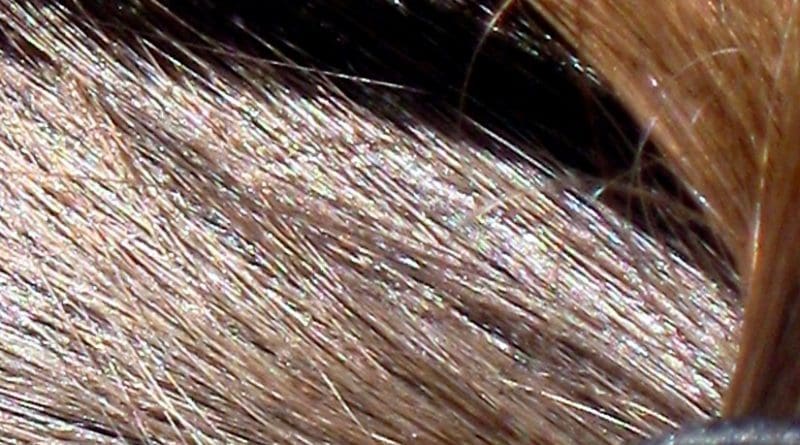Hair Analysis Is A Flawed Forensic Technique
Since 1989, 74 people who were convicted of serious crimes, in large part due to microscopic hair comparisons, were later exonerated by post-conviction DNA analysis.
A new article highlights the statistical failings of microscopic hair analysis in criminal investigations, noting that more than 20 characteristics can be used to describe or identify a single hair, but many are subjective.
A re-examination of a hair by the same or a different examiner can result in different descriptions of hair characteristics. Also, there are no population-based databases that contain subjects’ hair characteristics, making it impossible to estimate the probability of any given hair characteristic.
“The magnitude of the injustice enabled by such flawed ‘science’ is reflected in the 1056 years of unjust prison time served by the 74 exonerated defendants,” said Dr. H. James Norton, co-author of the Significance article. “Relatedly, similar flawed ‘science’ based upon bite mark evidence has led to 24 unjust convictions or indictments, later disproved by DNA evidence.”
Dr. Norton and his colleague’s companion paper on bite mark analysis was also published recently in Significance.

